Germany PMI Manufacturing was finalized at 58.4 in February, down from January’s 59.8. Markit said there were sharp rise in backlogs as growth in the new orders outstripped output. Factory cost inflation slipped further from recent highs. Incidence of supply delays was lowest since November 2020.
Phil Smith, Associate Economics Director at IHS Markit, said:
“Underlying demand for German manufactured goods was strong in February, with new order growth accelerating and the survey showing rising sales both domestically and internationally.
“Production continued to rise, but staff absences linked to the Omicron wave of the pandemic were a constraint on output and added to already stretched capacity, thereby contributing to a sharp rise in backlogs of work. However, with COVID cases in the country looking like they might have already peaked, this particular headwind will hopefully be only temporary. Furthermore, the pace of factory job creation remained rapid as manufacturers looked to address capacity shortfalls.
“Supply constraints showed further tentative signs of easing in February, and one of the positives from this was a fall in the rate of input cost inflation to an 11-month low. “When the survey was conducted, firms were hopeful of further progress in the supply situation and were highly optimistic about the outlook. With the escalation of the situation in Ukraine since February’s survey, and the surge in oil and gas prices that’s come with it, downside risks to the sector’s performance in 2022 have increased.”
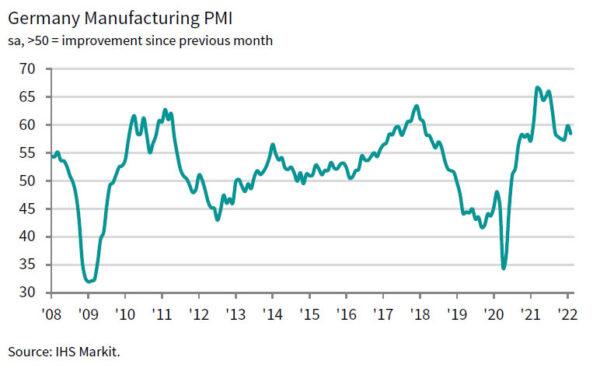
Full release here.




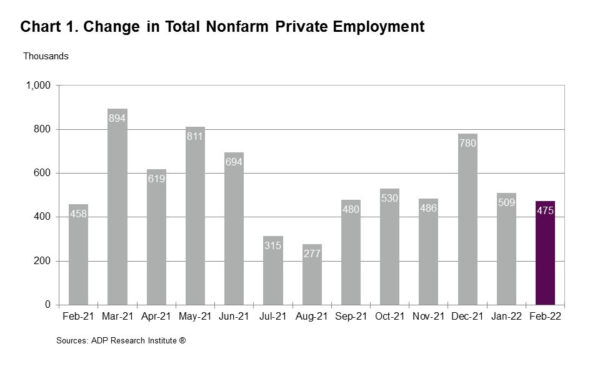
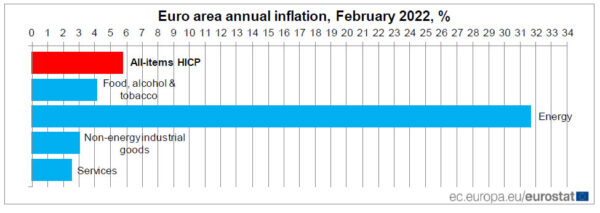
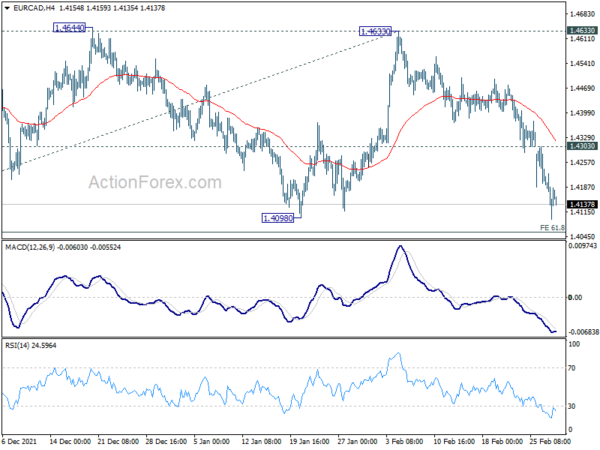
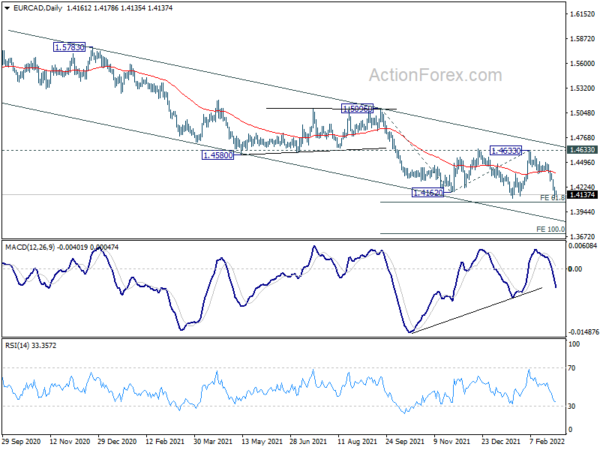
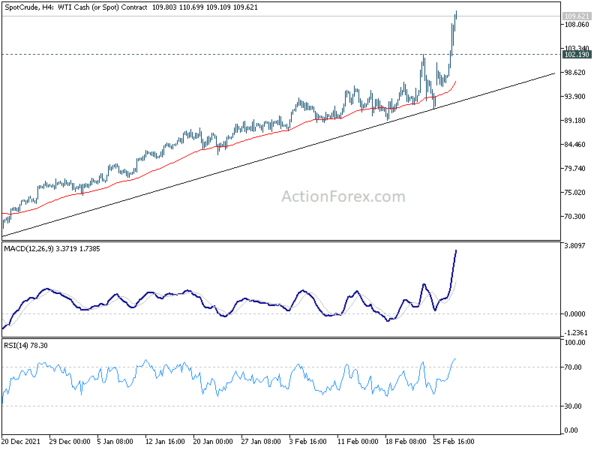
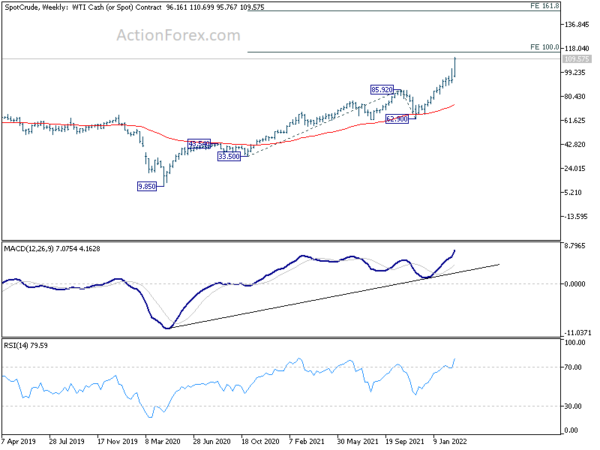
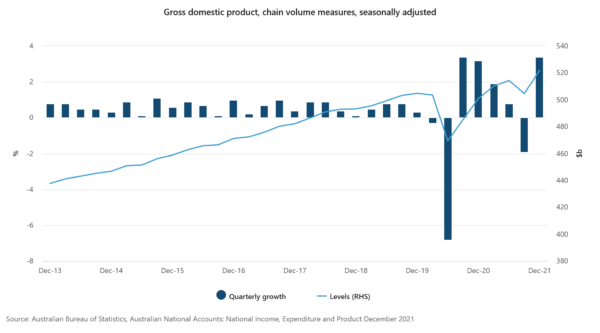
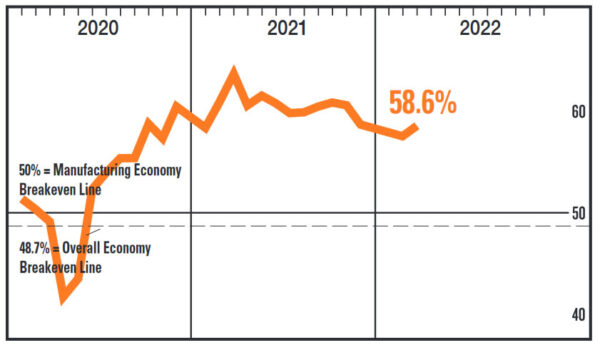
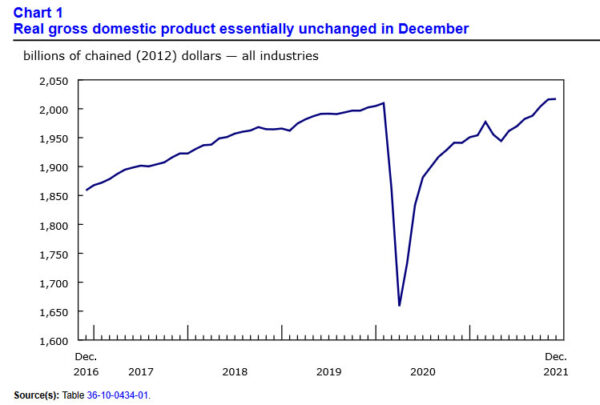
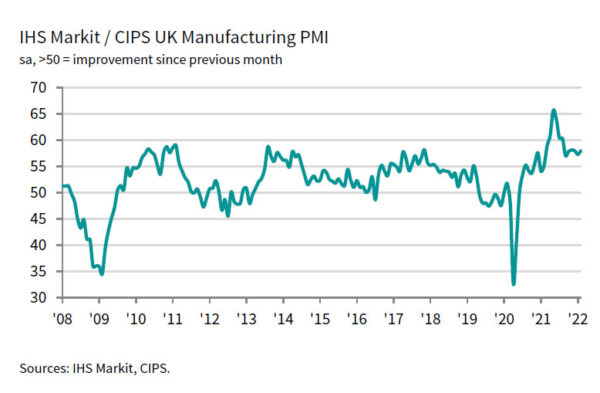
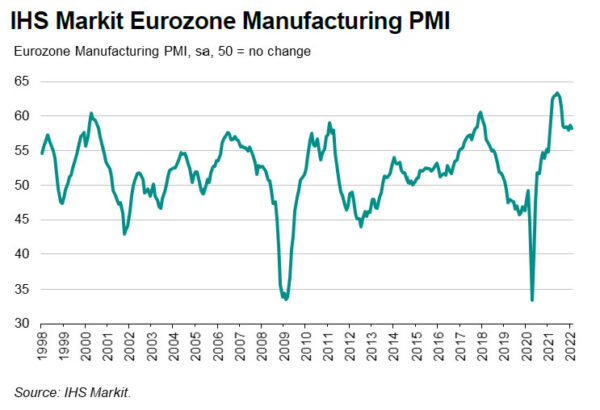
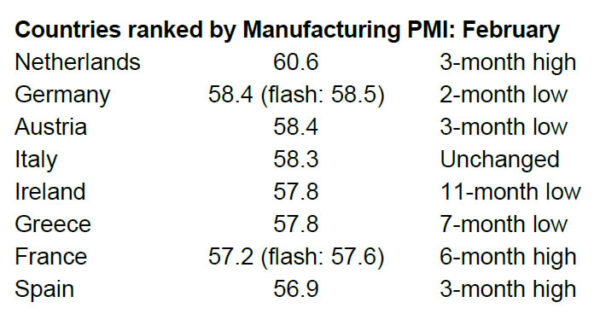

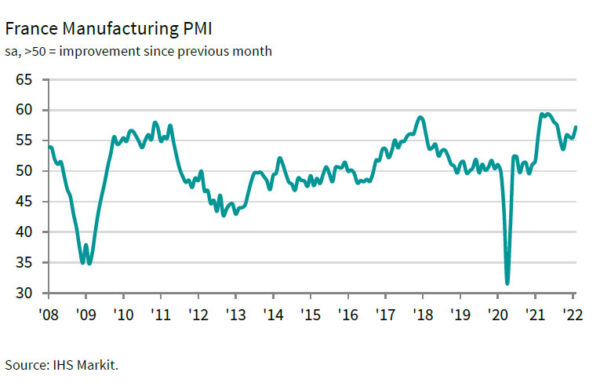
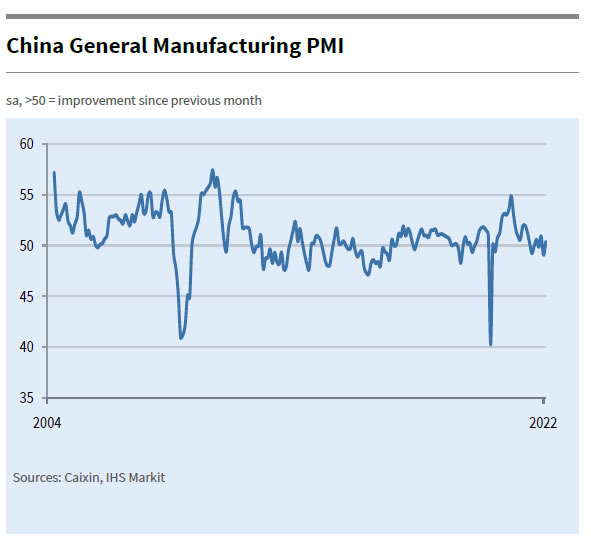
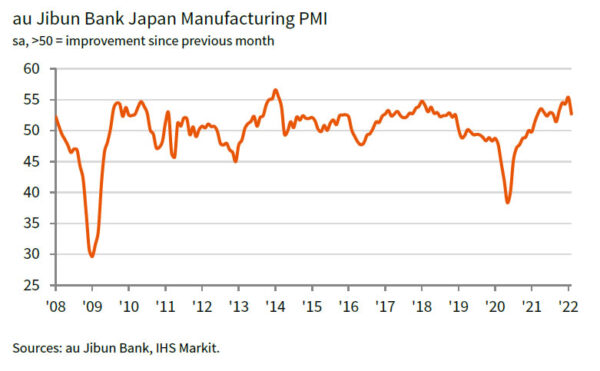
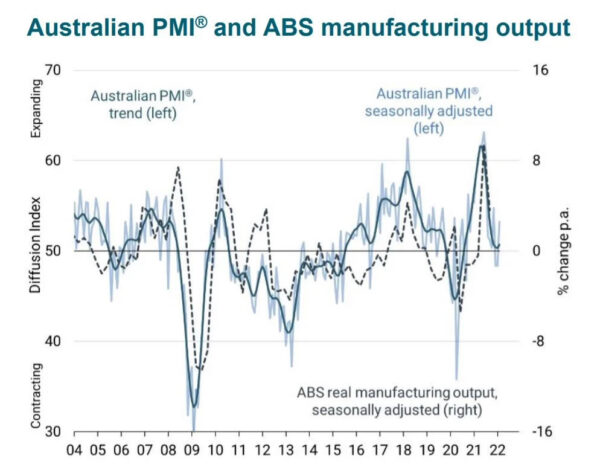

BoC raise rate to 0.50%, refrains from QT for now
BoC raises overnight rate by 25bps to 0.50% as widely expected. The Bank Rate and the deposit rate now stand at 0.75% and 0.50% respectively. The policy rate is the “primary monetary policy instrument”. It added, “as the economy continues to expand and inflation pressures remain elevated, the Governing Council expects interest rates will need to rise further.”
BoC also said it’s “continuing its reinvestment phase” of QE, and keep its overall holdings of government bonds “roughly constant”. The timing of rate hike and quantitative tightening will be “guided by the Bank’s ongoing assessment of the economy and its commitment to achieving the 2% inflation target.”
Full statement here.